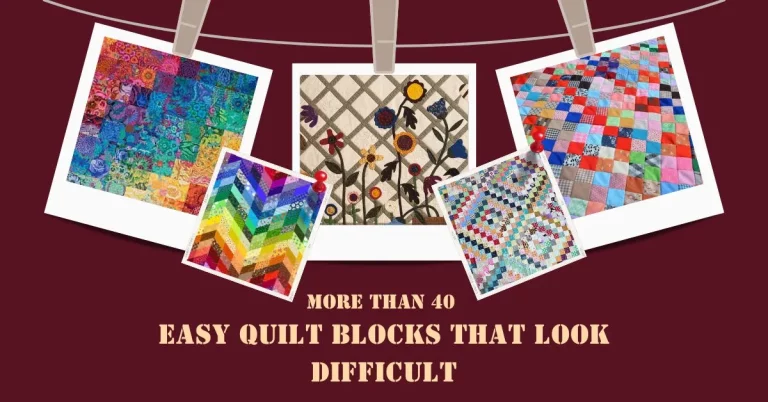FRAMING QUILTS | HOW TO FRAME A QUILT- EASY GUIDE
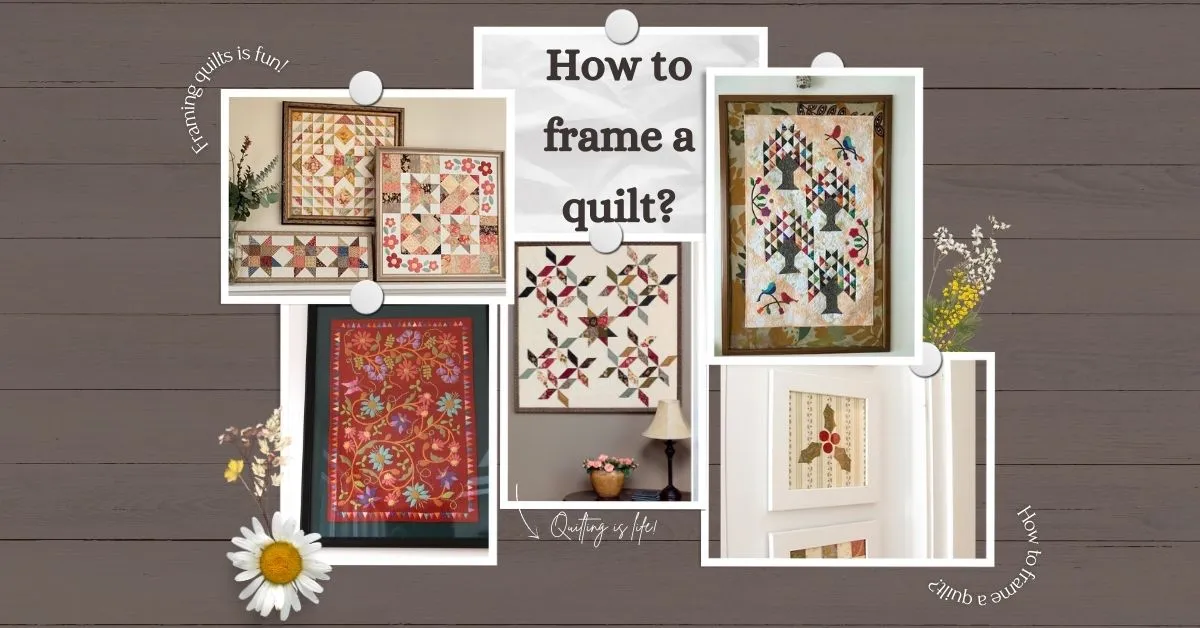
Learning to frame a quilt is a delightful fusion of artistry and craftsmanship, transforming these beloved fabric masterpieces into captivating wall art. My journey into the world of quilt framing began with a simple invitation from a close friend, who unveiled a framed quilt that adorned her living room with elegance and charm.
The importance of framing quilts lies not only in their visual allure but also in the preservation of cherished memories and the celebration of the intricate work that goes into each creation.
In this guide, I will take you through the art of framing quilts, sharing the steps, tips, and creative ideas I’ve gathered along the way, allowing you to turn your cherished quilts into stunning pieces of wall art that tell your unique story.
The Importance to frame a quilt
I’ve always held a deep appreciation for quilts. They are more than just fabric stitched together; they are a labor of love, patience, and creativity. The intricate patterns and vibrant colors of quilts have a way of warming the heart and soul. However, it wasn’t until a close friend introduced me to the idea of framing quilts that I realized their true potential as not just functional items but as breathtaking works of art.
The importance of framing quilts lies in their ability to elevate these cherished creations to the status of art pieces. When a quilt is framed, it undergoes a metamorphosis, transcending its role as a simple bedcover to become a visually stunning masterpiece that can be proudly displayed on the walls of your home. But it’s not just about aesthetics; framing also serves a practical purpose by protecting the quilt from dust and potential damage.

My Journey into Quilt Framing
My journey into the world of framing quilts began with a simple invitation from my friend, Elisha, a fellow quilt enthusiast. She had recently undertaken a project to frame one of her favorite quilts, and she was eager to share the results with me. As soon as I entered her living room, I was captivated by what I saw.
There, on her wall, hung a quilt that seemed to come to life under the gentle illumination of a spotlight. It wasn’t just the quilt’s vibrant colors and intricate patterns that caught my eye; it was the way the quilts were framed that made it truly special. It had been transformed into a stunning piece of wall art, a focal point of the room, and a conversation starter.
Elisha explained that framing quilts allowed her to showcase her passion for quilting while preserving the memories and stories woven into each piece. I was immediately inspired to embark on my own quilting framing journey.
And from then onwards I also started learnt to frame a quilt and now I want to share the step by step guide line to you so that, you would also be able to frame a quilt easily and make it ready for the display. This is the best feeling for me! When I make others to learn something that I know.

Steps to Frame a Quilt
Over the years, I’ve learned and refined the art of framing quilts. Here are the steps I follow, which you can use as a guide for your own framing projects:
1. Select the Right Quilt
Choose a quilt that holds sentimental value or one that you believe deserves to be showcased as art. Ensure that the quilt is in good condition, free from stains or tears.
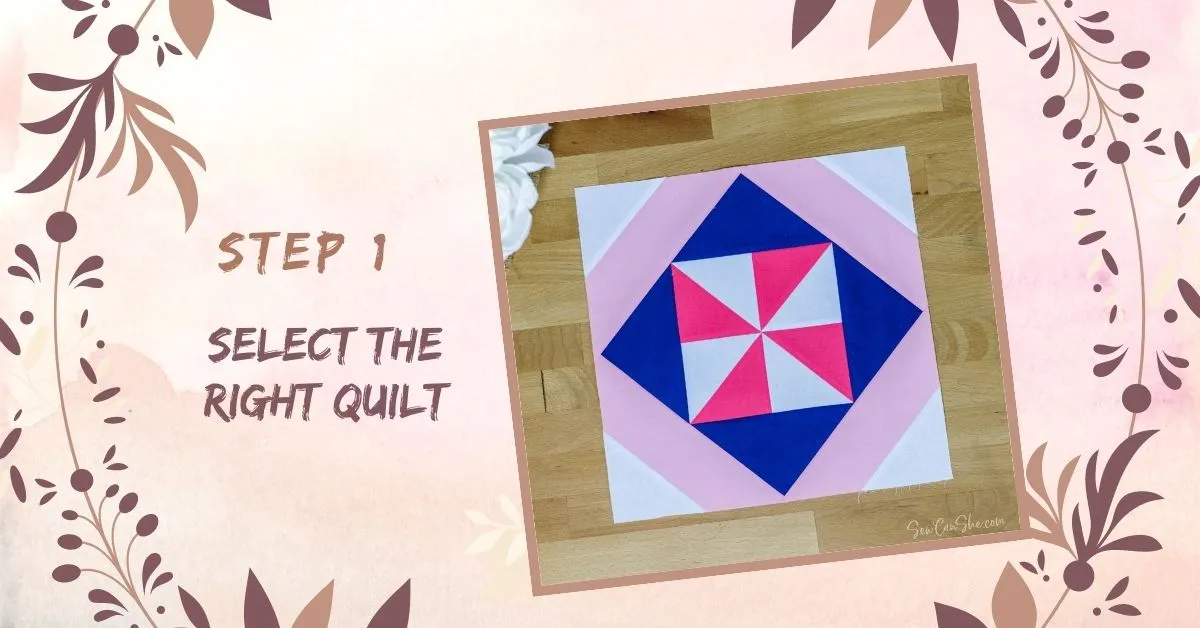
2. Gather Materials
To frame a quilt, you’ll need several materials, including a frame (often a shadow box works well), acid-free mounting board, glass or acrylic, acid-free archival tape, and a hanger kit.

3. Prepare the Quilt
Lay the quilt flat and gently iron it to remove any wrinkles. Be sure the quilt is clean and free from any dust or debris.
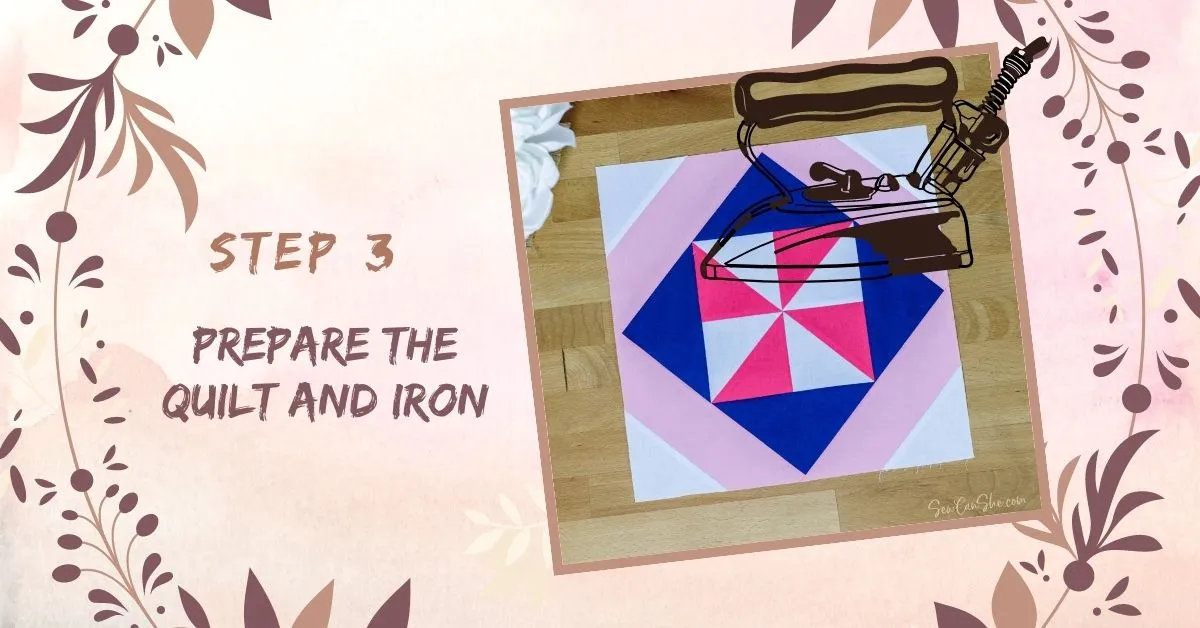
4. Mount the Quilt
Carefully attach the quilt to the acid-free mounting board using acid-free archival tape. This step is crucial to ensure the quilt remains in pristine condition.

5. Choose the Frame
Select a frame that complements the quilt’s style and your home decor. Shadow boxes are often ideal, as they provide depth and protect the quilt from dust and environmental factors. Ensure the frame is large enough to accommodate the quilt and has a glass or acrylic front.

6. Frame the Quilt
With great care, place the mounted quilt inside the frame. Ensure it is centered and looks aesthetically pleasing. Secure the back of the frame to keep the quilt in place.
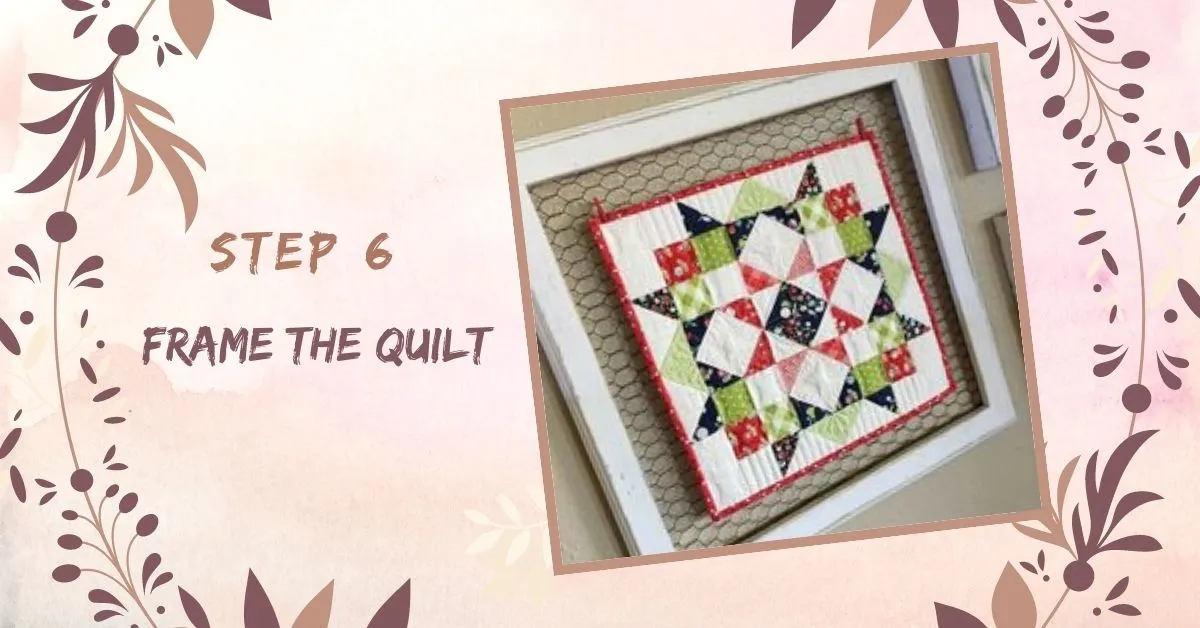
7. Hang It Up
Use a hanger kit to safely and securely hang the framed quilt on your wall. Ensure it is level and at a height where it can be appreciated without being at risk of being bumped or touched frequently.

8. Lighting
Consider lighting options to highlight your quilt. Soft, warm lighting can create a cozy ambiance, while adjustable spotlights can emphasize specific details.
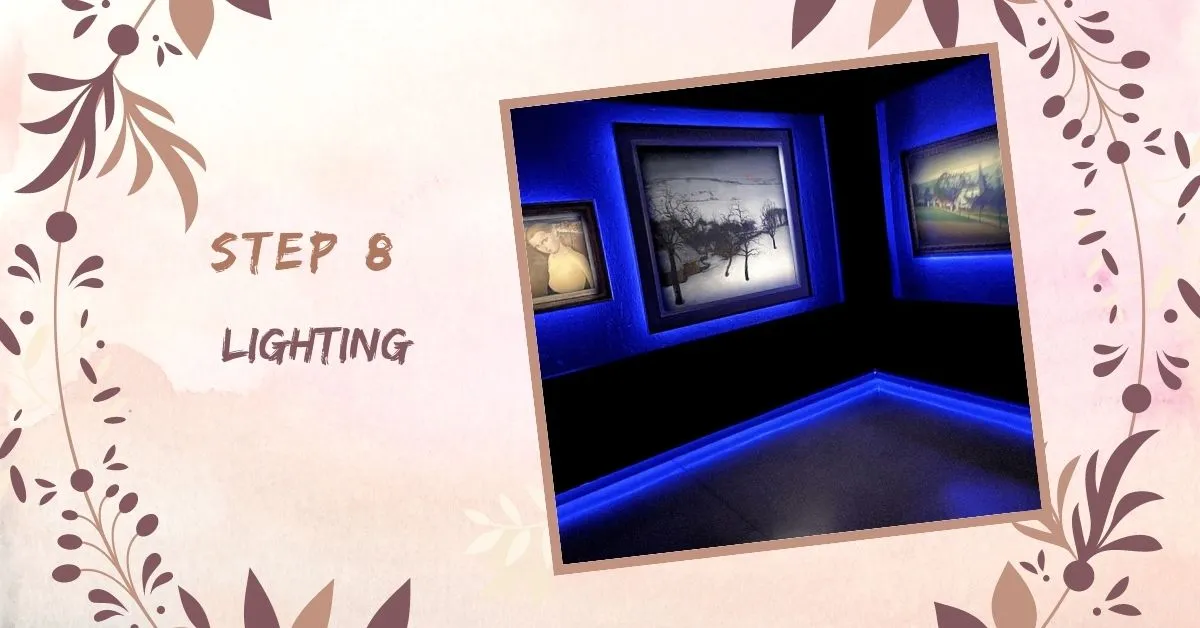
9. Maintenance
To keep your framed quilt looking its best, periodically inspect it for any signs of dust or damage. Use a soft brush or compressed air to remove dust from the frame and glass.

My Creative Ideas for Framing Quilts
Now that we’ve covered the basic steps, let’s explore some creative ideas to make your framed quilt truly exceptional and learn completely how to frame a quilt:

Thematic Frames
I love matching the frame style to my quilt’s theme. For instance, when I had a cozy country-themed quilt, I went for a rustic wooden frame, which gave it that perfect farmhouse charm. On the other hand, for my more contemporary quilts, sleek and modern frames worked like magic, adding a touch of sophistication.
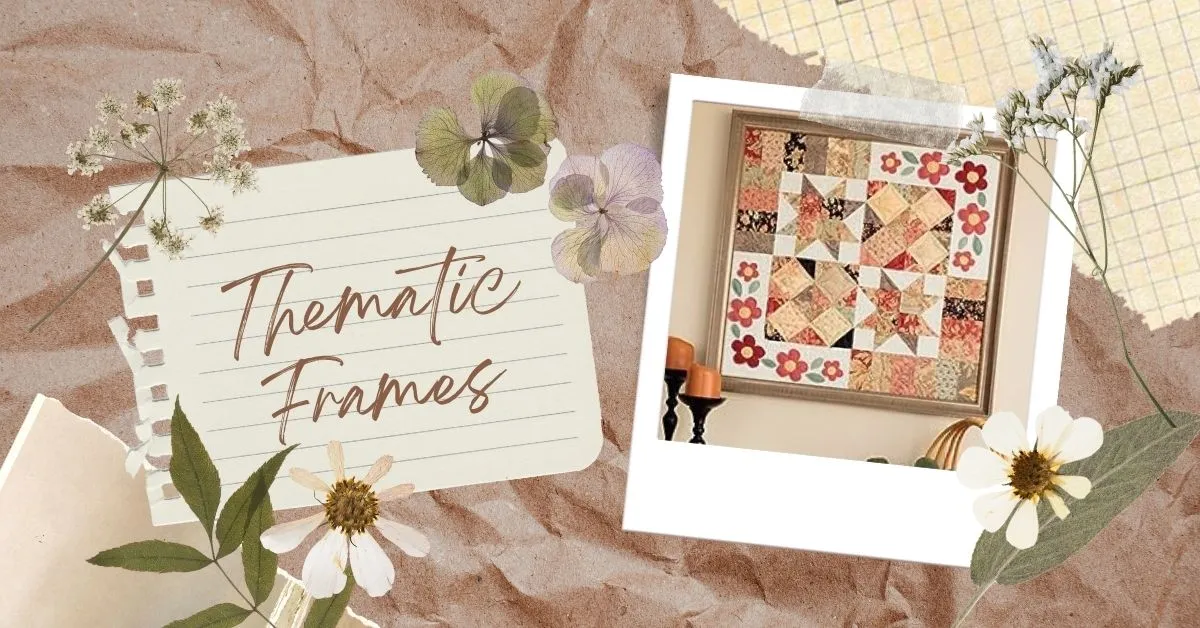
Multiple Quilts
I wanted to make a big statement in my living room, so I decided to create a captivating gallery wall. I framed several smaller quilts, mixing and matching frame styles and sizes. The result? My plain wall turned into a dynamic and eye-catching display of my quilting prowess.
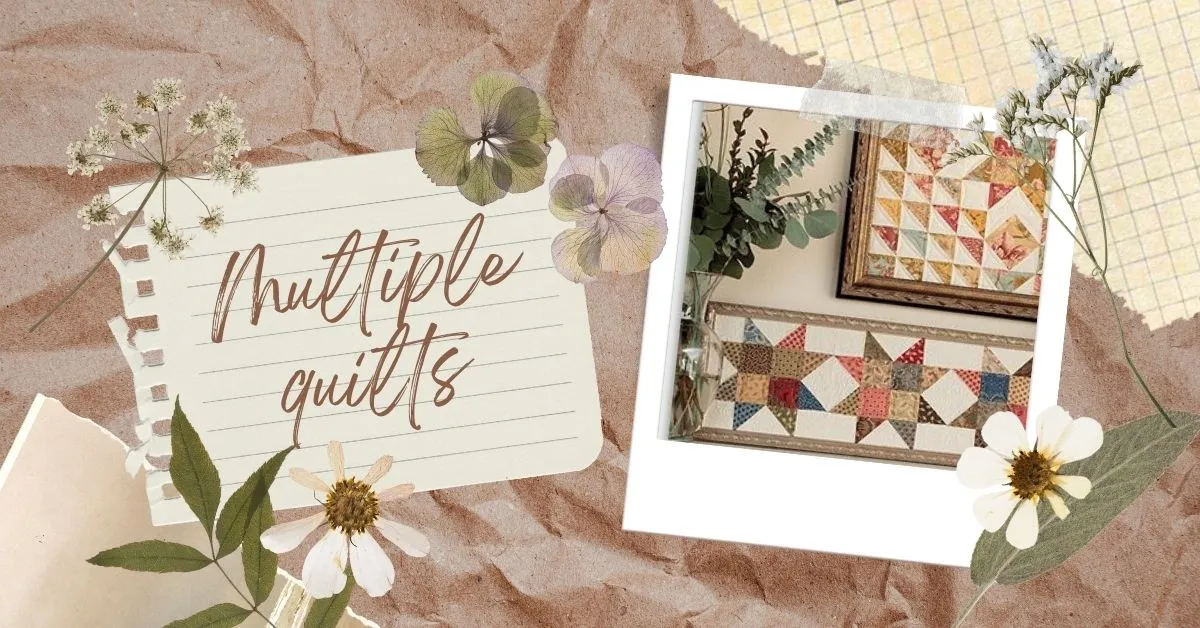
Floating Frame
For a modern twist, I went with a floating frame for one of my favorite quilts. It gave the illusion of the quilt floating within the frame, adding a touch of contemporary flair to my quilt display that always catches visitors by surprise.
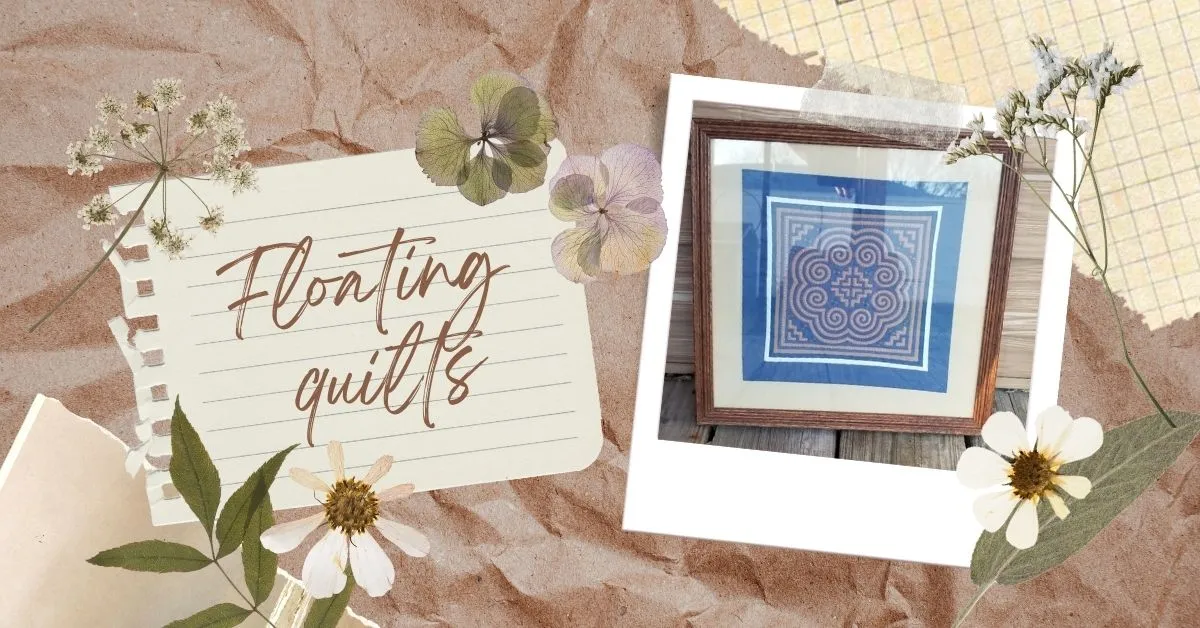
Custom Matting
Experimenting with custom matting has been an absolute joy. I’ve found that selecting a mat color that complements my quilt’s palette not only enhances its beauty but also adds an extra layer of visual interest. It’s like giving my quilts a tailored suit!
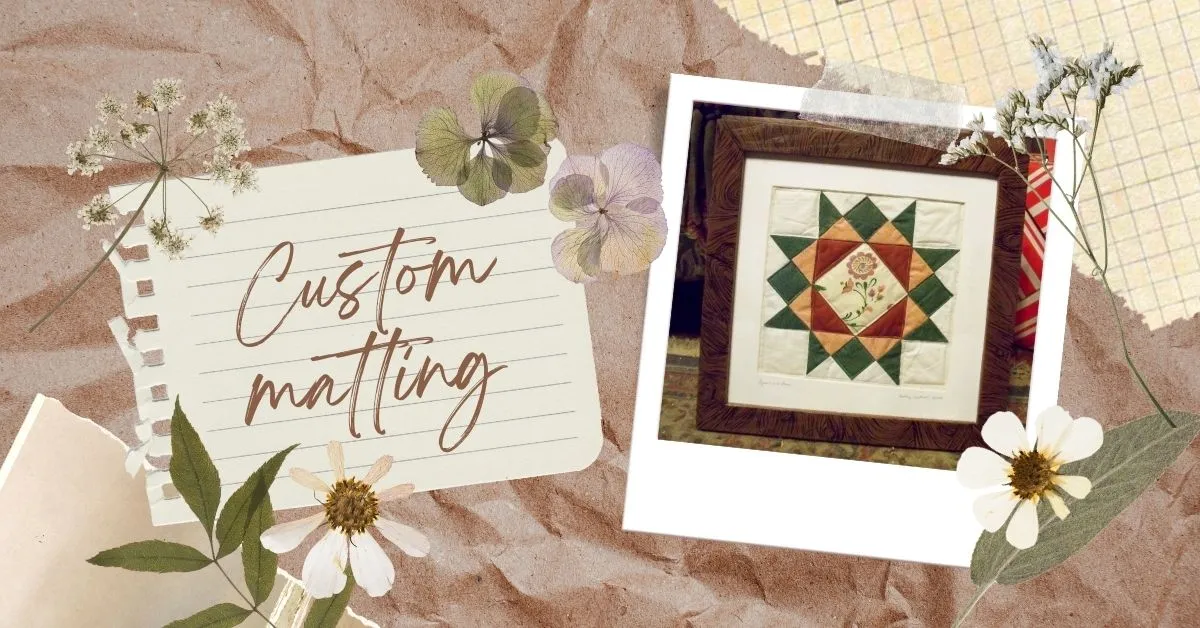
Shadow Play
Playing with the depth of the shadow box frame was a fascinating experience. I realized that different depths could create unique visual effects. Some of my quilts seemed to leap off the wall, adding depth and dimension to my display.

Color-Coordinated Frames
Sometimes, simplicity is key. I discovered that choosing frames that match or complement the dominant colors in my quilt created a harmonious and visually pleasing display. It’s like letting the quilt’s colors do the talking.

Antique Frames
Framing my vintage quilt in an ornate, antique frame felt like preserving history. The juxtaposition of old and new added a striking touch of elegance and nostalgia that never fails to captivate.

Double-Sided Frames
When I found a quilt with a beautiful pattern on both sides, I opted for a double-sided frame. This brilliant choice allowed me to switch between sides whenever I wanted a fresh look, making it feel like I had two quilts in one.
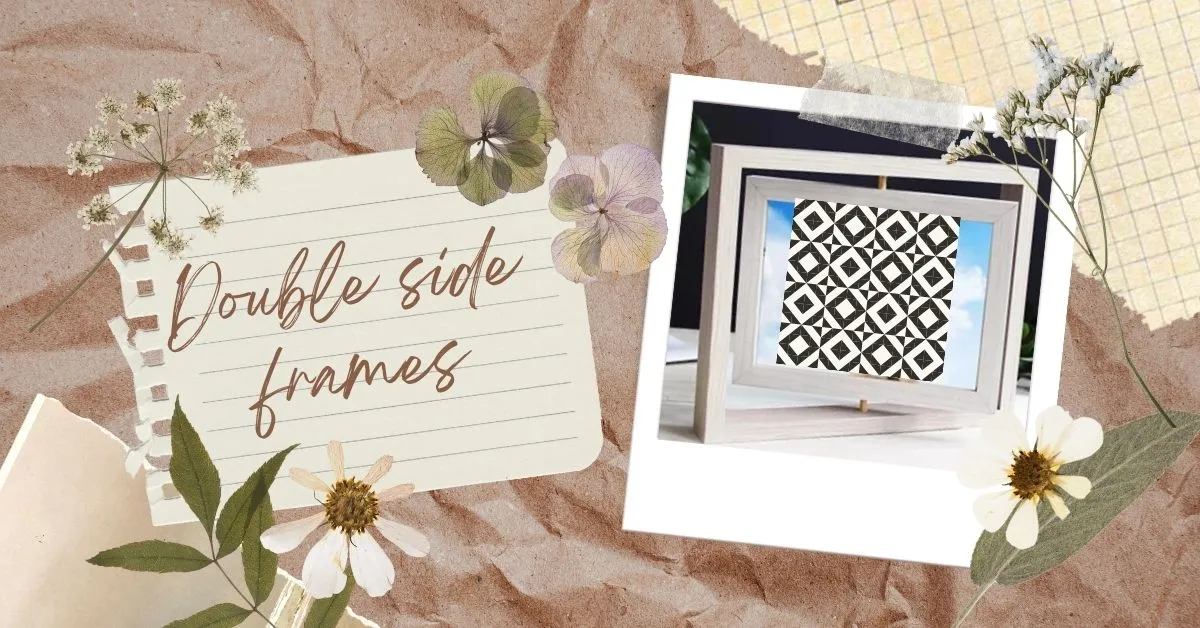
Collage of Smaller Quilts
I decided to get creative with my larger wall spaces by framing smaller quilts in a grid or collage format. The result was a captivating mosaic of colors and patterns that brought vibrancy to my home.

Seasonal Rotations
Rotating quilts that reflect different seasons or holidays throughout the year has been a delightful tradition. It keeps my decor fresh and exciting. For instance, a quilt with bright florals in spring and one with warm tones in the fall sets the mood perfectly.
These framing ideas have not only transformed my quilts into stunning wall art but have also allowed me to infuse my personality and creativity into my living space. Each framed quilt tells a unique story and reflects a different facet of my quilting journey. Whether it’s adding a touch of history with antique frames or embracing modernity with floating frames, framing quilts is a true art form that brings warmth and character to my home.
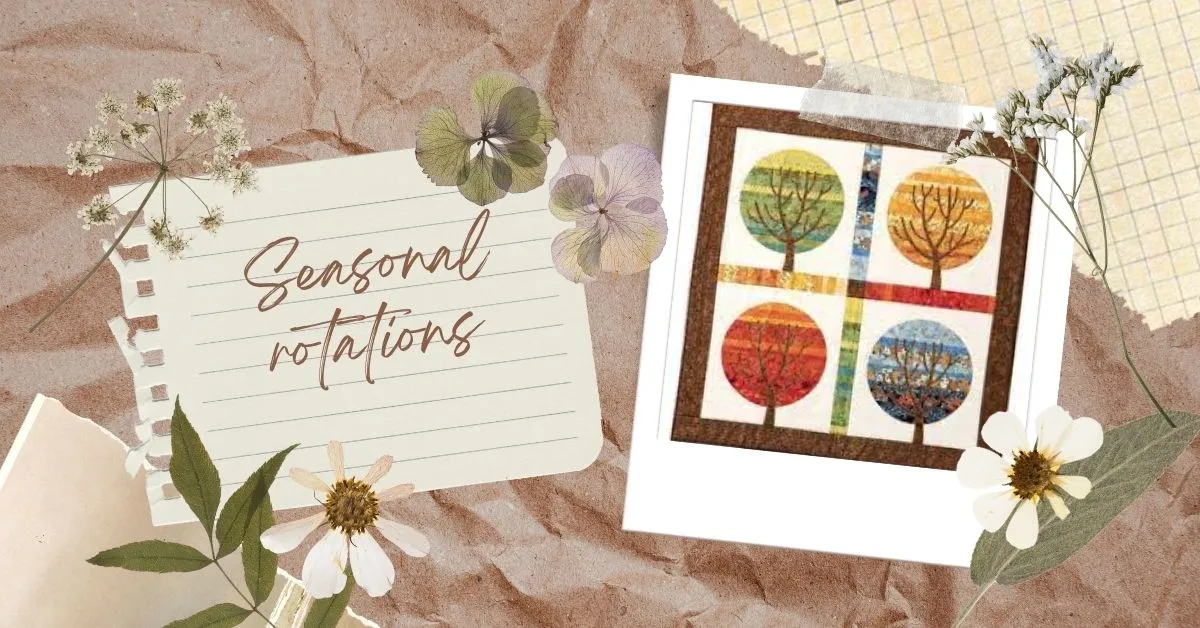
Some DIY designs to frame a quilt block

Framing Quilt Under Glass
I’ll never forget the day I decided to frame my cherished quilt under glass. It was a quilt that held a special place in my heart, with its intricate patterns and vibrant colors. The decision to frame it in this way was born out of a desire to protect its beauty while showcasing it in a unique way.
As I worked with a professional framer, we carefully selected the frame and matting, ensuring they complemented the quilt’s palette and style. The quilt was mounted on acid-free backing to preserve its quality over time. Then came the moment when it was gently placed under the protective embrace of clear glass.
The effect was breathtaking. The quilt seemed to come alive within its frame, protected from dust and damage, yet still visible for all to admire. It became a true piece of wall art, a testament to the hours of labor and love that went into its creation. Framing it under glass not only elevated its status but also allowed me to share its beauty with everyone who entered my home.

Read more: Best Quilting Sewing Machines
Framing a Quilt Wall Hanging
One of my most rewarding experiences in framing quilts was when I decided to transform a quilted wall hanging into a work of art. This particular quilt, adorned with intricate designs and bold colors, had been hanging in my sewing room for years. It was time to give it the spotlight it deserved.
With a shadow box frame in hand, I carefully laid out the quilt, ensuring every detail was perfectly aligned. The depth of the frame allowed the quilt to maintain its dimension, almost as if it were floating within the frame itself. The quilt’s edges were gently secured, and the result was simply mesmerizing.
Hanging it on my living room wall, this quilt wall hanging became an instant conversation starter. It added warmth and character to the room, telling a story of creativity and craftsmanship. Framing it in this way turned a once-overlooked piece into a captivating focal point, a testament to the beauty of quilting as an art form.

Framed Quilted Mirror
Another inventive idea I explored was framing a quilt around a mirror. This innovative approach combined both functionality and aesthetics. I had a quilt with rich colors and striking patterns that I believed would look stunning as a mirror frame.
Choosing a frame that matched the quilt’s style, I placed the quilt around the mirror, allowing it to frame the reflection. The result was a functional yet decorative piece that added a unique touch to my entryway. It was as if the quilt was inviting guests to admire their own reflection while showcasing its own beauty.
This framed quilted mirror brought a sense of warmth and homeliness to my entry space. It was a reminder that quilts could transcend their traditional role and serve as both art and functional decor. It was a delightful blend of creativity and practicality, making it one of my favorite framing endeavors.
These experiences have shown me that framing quilts is not just about preserving their beauty but also about celebrating their craftsmanship and artistry. Whether under glass, as a wall hanging, or framing a mirror, each method added a unique dimension to my home decor, making it richer and more personal.

Read More: How to display quilts
Mind-blowing Tips for how to frame a quilt
Learning how to frame a quilt is both an art and a craft, and with these exceptional tips in mind, you can turn your quilts into stunning pieces of wall art that not only showcase your talent but also preserve the stories and memories woven into each stitch.

Read more: Best Irons for Quilting
Conclusion
In conclusion, frame a quilt is a fulfilling and creative endeavor that allows you to celebrate the artistry and sentimental value of these handmade treasures. It offers a way to enjoy your quilts in a new light, turning them into captivating pieces of wall art that tell your unique story. Don’t hesitate to explore the world of quilt framing and discover the creative possibilities it offers for displaying your beloved quilts. Whether you’re a seasoned quilter or a novice, framing your quilts can truly transform your living space into a gallery of memories and artistic expression.
How to frame a quilt?





